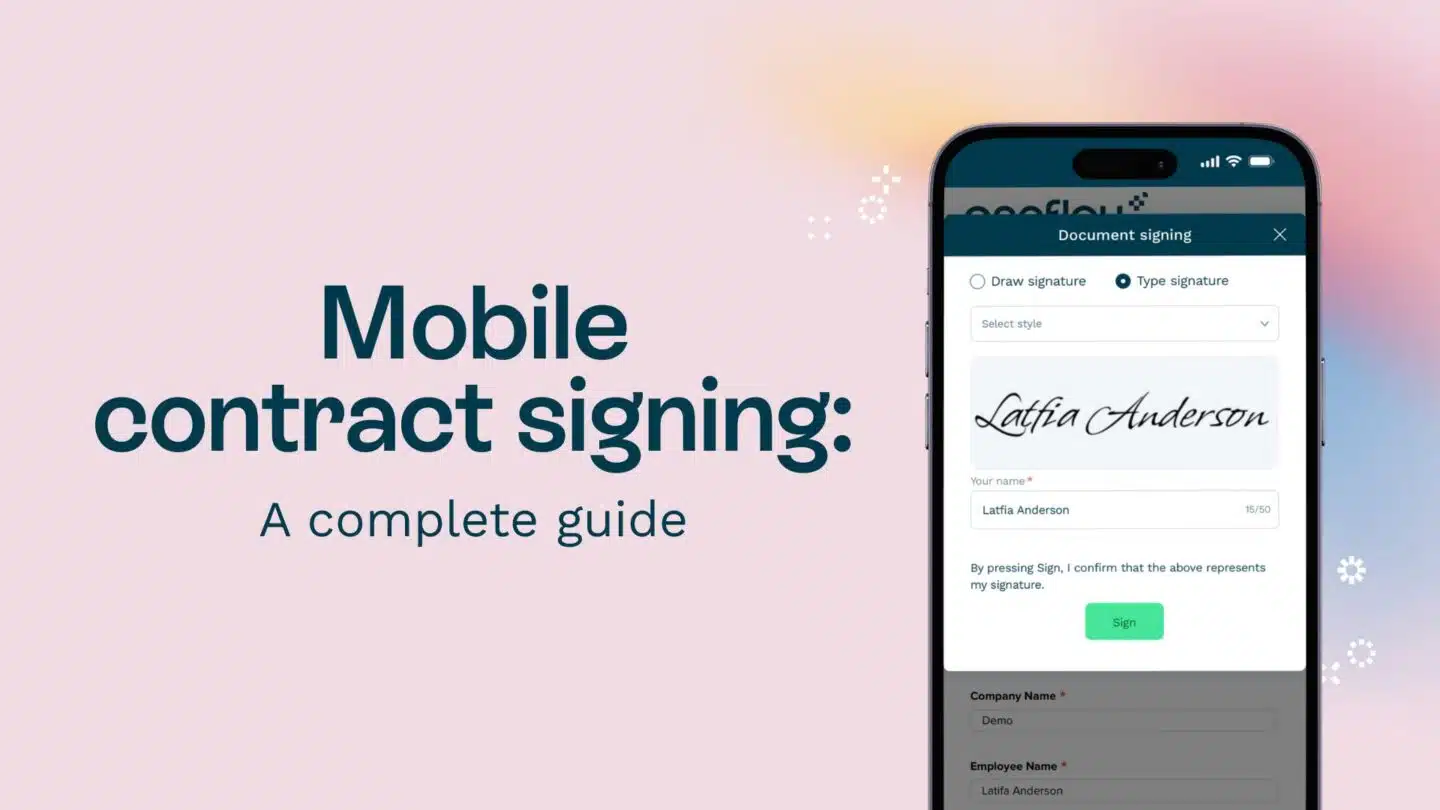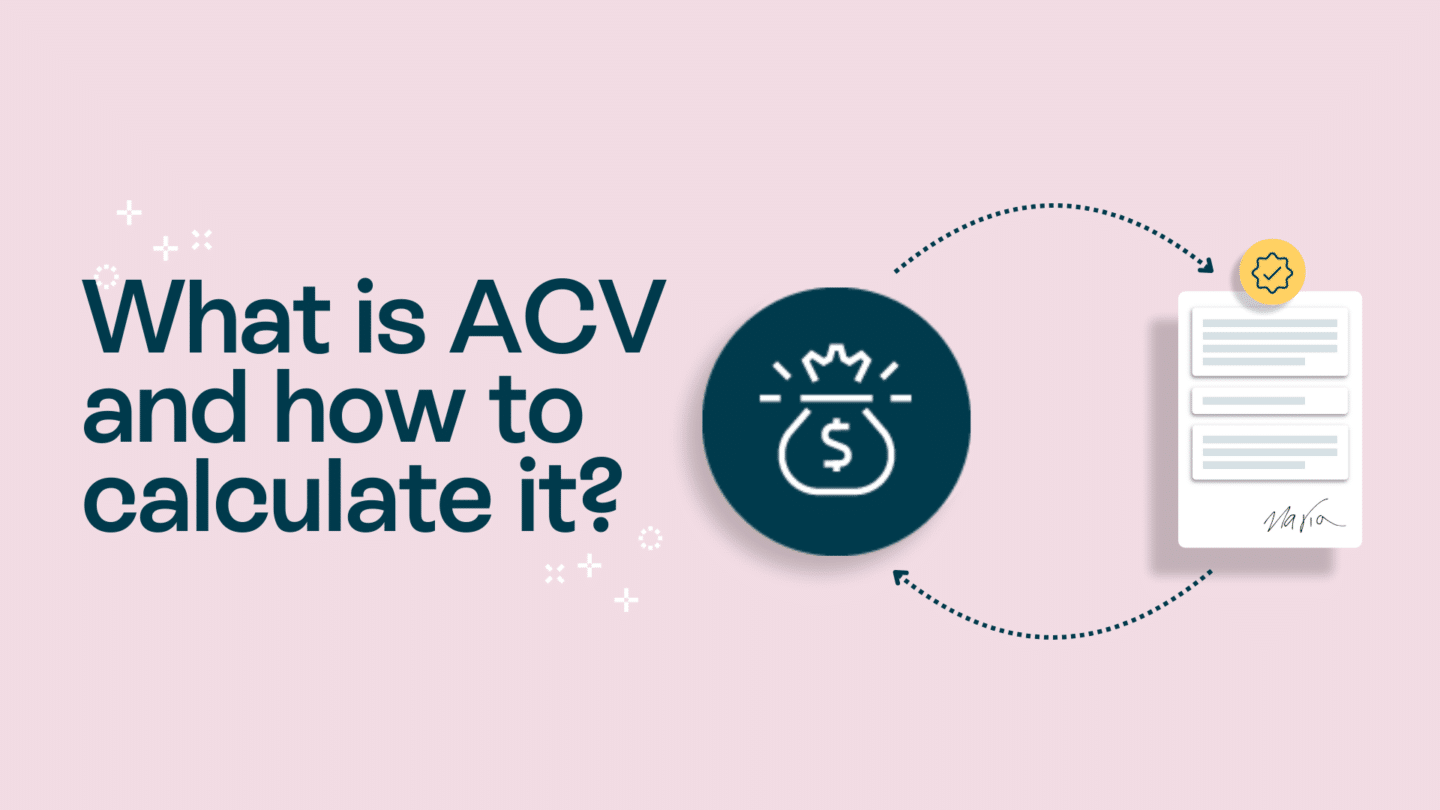In B2B, it’s safe to say that we sign documents most days, and quite often we do it automatically. But it’s taken a lot for us to get there. The history of the signature is actually a lot more intriguing than it sounds, we assure you. So, if like us, you’re a bit of a history geek, then buckle up. You’re in for an interesting ride.
In this article, we’ll cover:
- The first signatures
- The history of the signature gets legal
- Signatures gain gravitas
- The PDF takes over from paper
- Signatures go electronic
1. The first signatures
The very first signature dates all the way back to Ancient Sumeria, to roughly 2600BC. That’s about 4612 years before Oneflow was founded! A scribe named A-du left his signature on a clay tablet found in modern day Iraq.
A few hundred years later, another scribe, named Amen’aa, signed his name on a papyrus scroll in Ancient Egypt, which is now preserved and displayed in Russia.
It was in Sumeria and Egypt that the very first signatures, but whether or not they were legally binding as we would know it today is still up for debate amongst historians.
2. The history of the signature gets legal
There’s no “eureka” moment when the first legally-binding signature was recorded. Instead, it’s more of a gradual process. But the first large-scale use of signatures on what can be considered a contract comes about during Roman times.
Decrees made by the Emperor, land purchases made by wealthy Romans, and even selling larger quantities of goods are all known to have been bases for contracts in Ancient Rome. Agreements could also be verbal, but contracts written on tablets have survived. There were even some basic contract laws on the Roman books during the reign of Justinian.
Another great example of an early, legally-binding document comes in the form of the Domesday Book. Shortly after the Norman conquest of England, William the Conqueror decided that he wanted a detailed inventory of every person in his new kingdom, as well as all of their belongings and landholdings.
After taking inventory of each piece of property, the auditor had to sign off on what they’d found.
It was around this time that seals were also introduced. Mostly used by royalty and nobility, seals involved pressing a wooden or iron motif into liquid wax dropped on parchment. From Beijing to London, these were used to sign everything from contracts surrounding food production and distribution to death warrants.
Read also: Top 10 amazing signatures throughout history

3. Signatures gain gravitas
It’s also in England that the first laws governing signatures were developed when the Magna Carta was signed in 1215. Meaning ‘Great Charter’ in Latin, the Magna Carta was signed by King John following conflict with his Barons, it gave some of the monarch’s ‘divine rites’ over to the Barons. Some basic contract laws began to develop in English law soon afterwards.
But it was during the reign of King Charles II that the State of Frauds Act 1677 gave signatures the hefty weight they have today. The law stated that no contract was in any way valid unless it had been signed. 200 years later, under Queen Victoria, signatures on telegrams also became binding, the first time anything other than ink or wax had been recognized.
This continued with telephonic signatures in 1918, and faxed signatures in 1988. While the fax machine may have now been mostly consigned to the Museum of Office History, it meant that legally-binding signatures could be sent to the other side of the world in just a few minutes.
But, with the rise of the computer in the 1990s, another form of signing came along: the PDF.
4. The PDF takes over from paper
PDFs came into being in 1992. Within a year, PDF reading tools had appeared. This was a big moment in the history of the signature as things went digital. At the time, it was absolutely groundbreaking as contracts could be sent globally, but without necessitating the paper trails left by fax machines.
But the PDF today, naturally, doesn’t hold up as well as it did in 1992. Whilst it did shorten the time needed to sign from hours, or even days, to mere minutes, and saved countless trees in the process, the PDF has been left behind by digital advancements.
In the history of the signature, the PDF, like the telegram or the fax machine was a huge step forward, but it’s now one that’s been outpaced.
Read also: Discover the Best Contract Management Tools – Our Top 10 Picks!

5. Signatures go electronic
In 2000, the US passed the Electronic Signatures in Global and National Commerce Act, allowing for the use of signatures made through means other than ink. Just a few weeks prior to that, the EU had issued a directive covering some aspects of electronic signatures. It would later be superseded by the EIDAS regulation. What this meant was that the electronic signature wasn’t only here to stay, but that it was becoming mainstream.
But within two decades, the PDF had been overtaken by HTML contracts. PDFs are essentially images of webpages. They’re static prints, in a sense, whereas HTML contracts are far more dynamic, and better suited to the “sign this yesterday” world we live in today.
Now, people not only send documents across the world in a fraction of a second, they’ve done away with email chains too. With HTML contracts, signatures can now be made using an ID verification app, or even just a button saying ‘Click here to sign now’. The history of the signature has been quite a journey since that very first mark was left more than 4000 years ago in Ancient Sumeria.





